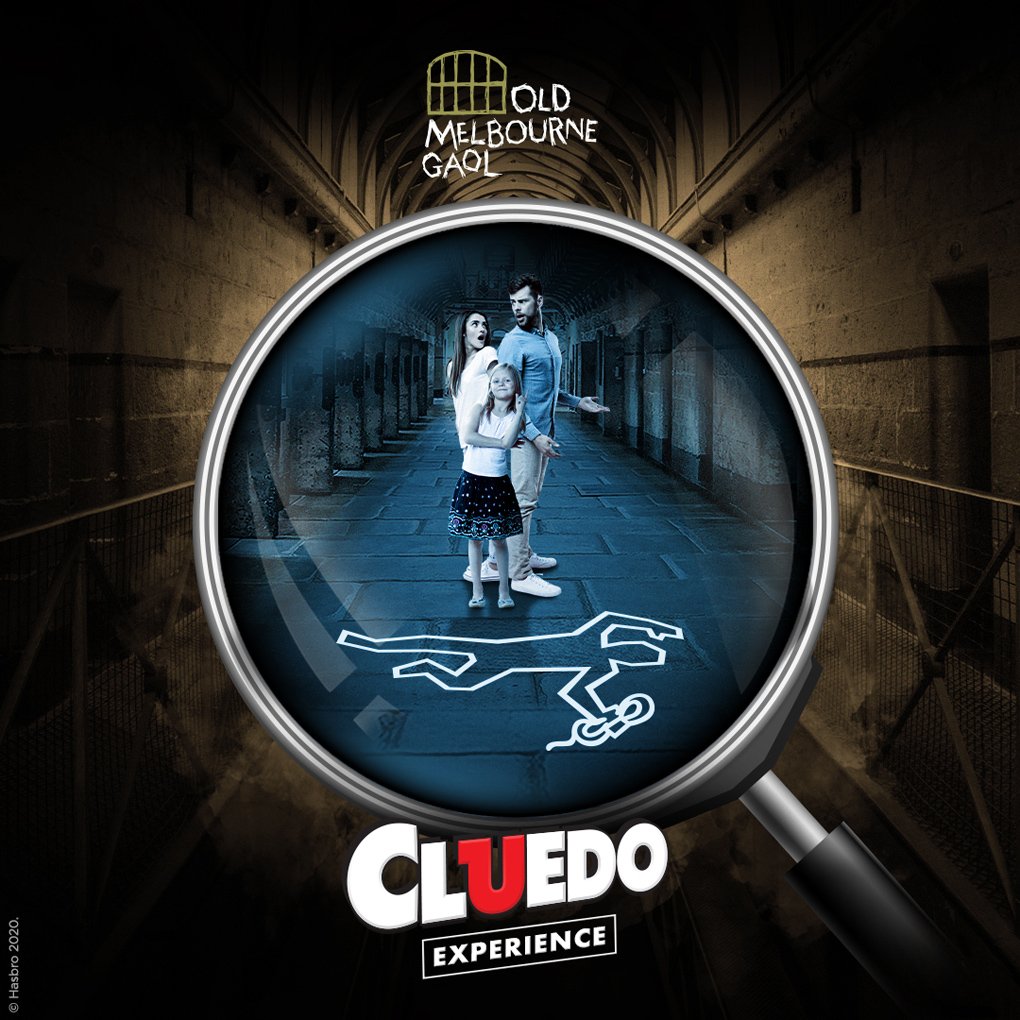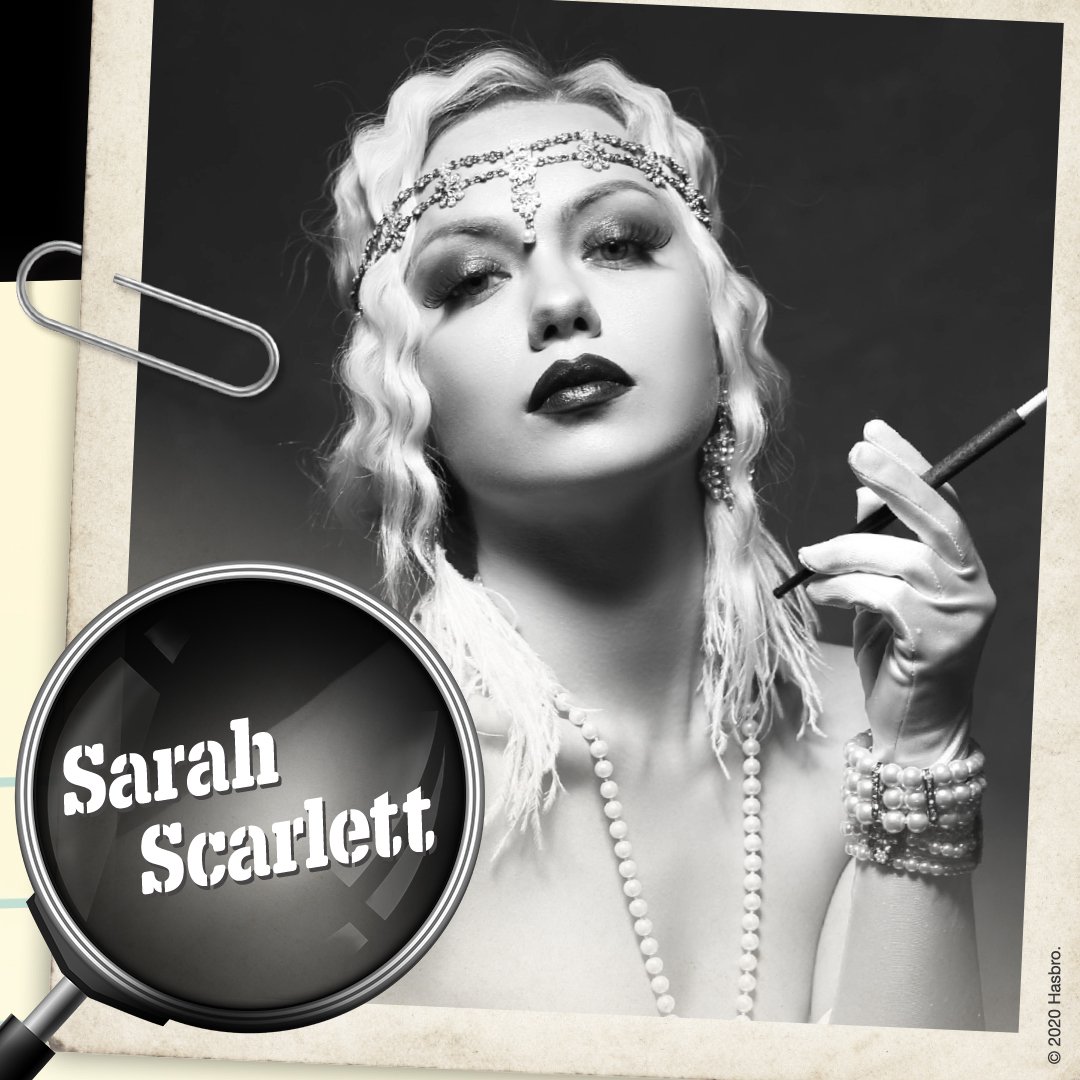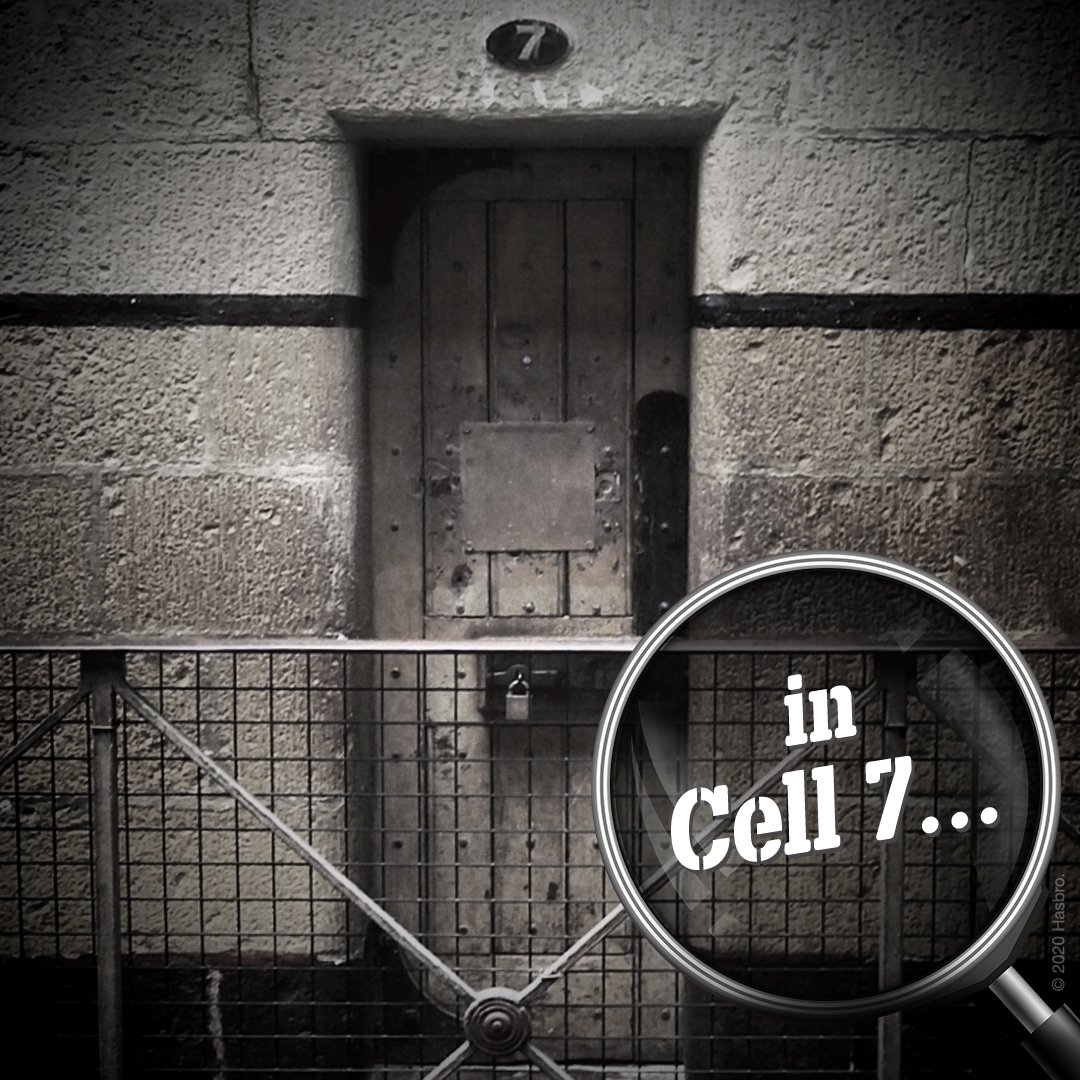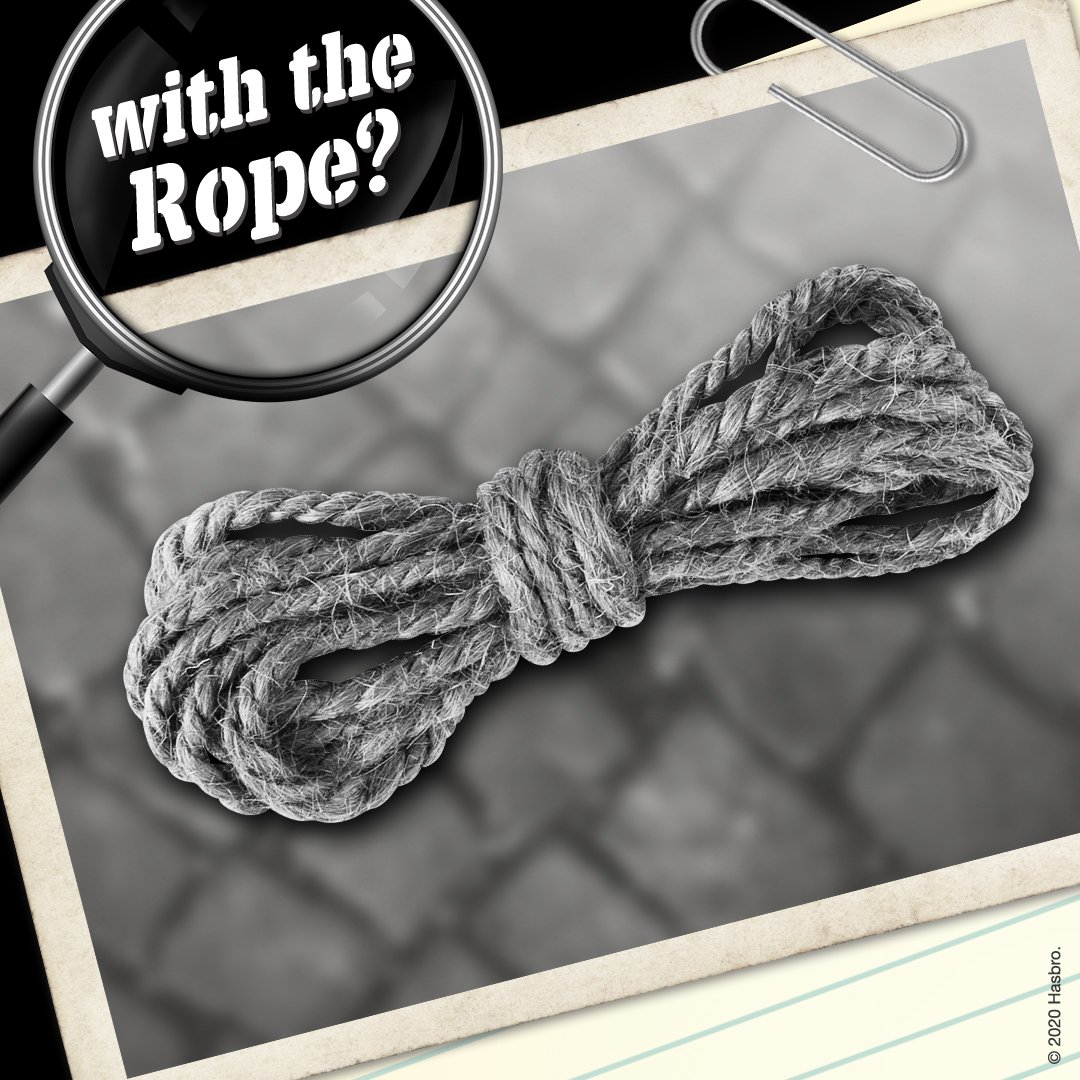“Cluedo Experience” live activation - National Trust (2020)
Roles:
Game designer
Game writer
Agency:
Three Scoops
The National Trust wanted to drive awareness and repeat visitation for the Old Melbourne Gaol.
They signed a deal to stage a live Cluedo event at the Gaol. All they needed then was someone to actually create the game!
Right place, wrong time...
Initial thinking had been for visitors to play the game “in period”, as if they were in the early 20th Century. But visitors would be coming in off the street in their modern clothing, which made this premise hard to bring to life.
So instead, I proposed challenging our players to crack an “unsolved mystery” from the past. This also allowed us to use modern technology to make the game more interactive.
Warder White, in Cell 13, with the lead pipe!
I created a bespoke story and characters to bring Melbourne’s past back to life. Dodgy lawyer Lionel Grey was found dead at the Gaol in 1924, but authorities never solved the case. Now it’s up to you!
Players searched the Gaol’s darkest corners for clues, studying alibis of colourful crims, examining physical evidence, and scanning weapons for DNA using their phone cameras. Eliminating suspects in the famous Cluedo tradition, they raced to deduce WHO killed Grey, WHERE he was killed, and with WHAT weapon. The murder was fictional, but the fun very real!
A game for young and old
Cluedo’s a family favourite, and I wrote the game to be suitable for kids playing with their parents. But the National Trust’s primary target was the university and twentysomething market. So I cast our game characters with a sense of pulp glamour, complemented by social carousel ads that played with the iconic Cluedo answer mechanic in an entertainingly moody way.
Adding a touch of the real
Sensitivity to the families of real life victims meant we wouldn’t cast actual Old Melbourne Gaol prisoners as our game’s suspects. But we wanted to reinforce the Gaol’s educational value beyond encouraging exploration of the cells. So as surprise easter eggs, when players scanned items for DNA, they sometimes found objects had been touched by real residents.








